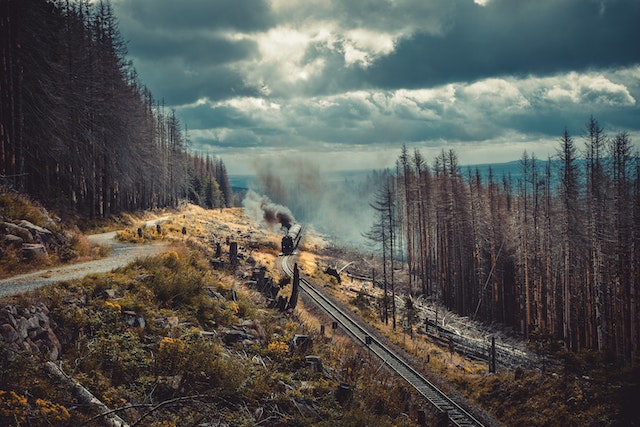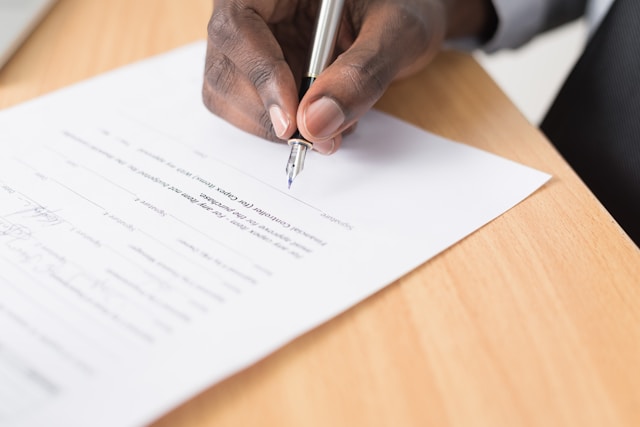
A recent article written by Kevin Hardy of The Kansas City Star explains how when railroad companies prioritize profits over safety, it puts the lives of railroad workers at risk. The article provides real-life examples of how even the most experienced workers can be severely injured or killed when railroads ignore obvious risks in pursuit of greater earnings.
Profits over safety
The article explains how over the years, profits have become increasingly more important than safety for most major railroads. This is evident in the reduction of training programs for employees. For example, railroads used to require at least six months of training to become a conductor. Now, some railroads have shortened that education to as little as six weeks. Some railroads have also cut back on inspections and routine maintenance, which often leads to injuries.
Compounding these problems is a reduction in staff across the board, meaning more pressure is put on the remaining employees to get more done in less time to keep up with the demand. One engineer reported that carmen often have as little as 30 seconds to inspect a rail car — not nearly enough time to check the wheels and the braking systems which is crucial to safe operation.
Examples of avoidable tragedies
In the first example of an avoidable worker death referenced in the article, employees of CSX had reported vegetation growing into the path of trains to their supervisors which was a valid safety concern for transportation crews. Unfortunately, nothing was done to correct the problem, and on one dark morning, an experienced conductor was fatally impaled by a tree limb hanging into the railroad right of way as he hung off the side of a railcar while backing up a train into a northwest Ohio yard.
In another case, a BNSF conductor in Missouri with more than 20 years of experience was killed by a slow-moving train as he walked on a narrow rocky walkway near the train which afforded transportation crews only 21 inches to walk beside the train.
The article also recounts the deaths of a conductor and engineer that were killed while operating a train that was meant to continue on the main line track, but a misaligned switch unexpectedly pushed its course into the rear end of 19 car consist parked in a local yard.
The lawyers for the families in all three of these cases say that the workers’ deaths were 100% preventable. Although most major railroads claim they have made great strides in employee safety in recent decades, the National Transportation Safety Board continues to report recurring safety issues that are easily corrected. In fact, data from the Federal Railroad Administration shows that the rate of accidents per million miles of train travel has increased over the last decade as well as the rates of yard accidents, even as the volume of yard work has declined.
Creating an atmosphere of retaliation and blame shifting
The article also discusses the railroad’s long history of blaming workers for on-the-job injuries. This is because, unlike a no-fault workers’ compensation system, railroads operate under the Federal Employers’ Liability Act, which requires that an employee prove that their injury was the fault of the employer in order to be compensated. Therefore, railroads try to avoid liability by blaming the workers for their injuries. They achieve this by giving workers countless safety guidelines and voluminous rule books that make it nearly impossible for employees to follow every safety precaution and keep trains moving.
In addition, railroads have a history of pressuring workers not to report injuries through the use of intimidation. The Kansas City Star article references a 2015 OSHA report accusing Union Pacific of creating a “culture of retaliation” based on its investigation into the railroad disciplining employees who reported workplace injuries and sought medical attention. Discouraging employees from reporting injuries makes the workplace less safe and plays a big part in the overall problem.
Conclusion
The article is a great illustration of the railroad industry’s hypocrisy. They publicly preach that safety is a top priority, all while creating new business models that have led to a reduction in staffing, employee training, and preventive maintenance measures on railroad equipment. As long as railroads continue to disregard safety in pursuit of greater profits, railroad workers will continue to suffer avoidable injuries. Call our law firm if you suffered an injury and require compensation.





